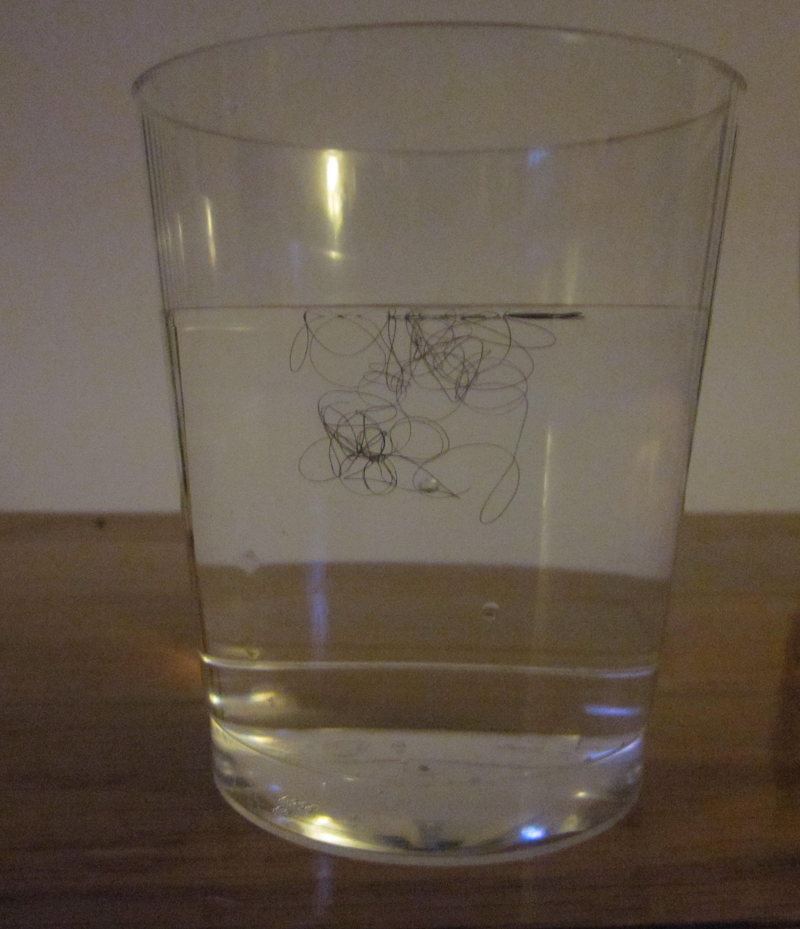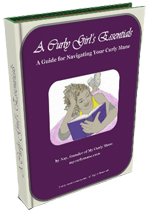There may be affiliate links in this post. If you click on the link, I will receive a commission at no extra cost to you. Thank you for the support! All opinions on this post are my own.
Now, I’ve been praising the miracles of moisturizing natural hair with leave-in conditioners and sealing the cuticle layer (the outermost layer of hair) with an oil or butter. Now, I’m throwing a monkey wrench into the mix. Uh, huh. This one must be explained since it affects us all: porosity.
Huh? Confused? I don’t blame ya! I heard sprinkles of information about porosity for a while now but usually covered my ears and clicked next on my screen. I thought it all sounded too scientific for me.
Guess what? I caved (hangs head down) because I found out that we actually need to know this one. Grab a pencil and pad … er, um … an iPad? Let me give you a quick and painless explanation of porosity and its affect on natural hair.
Porosity
Porosity is the measurement of your hair’s ability to absorb moisture. Simple. Your hair’s cuticle layer (the outermost layer) is key to porosity levels. When the cuticle is closed, it lays flat and moisture cannot escape or enter the hair shaft. This often results in moisture being sealed into your hair. However, your natural hair may be too porous, not enough, or juuuust right. Hang in there Goldilocks, let me explain.
Normal Porosity
This one’s easy. Natural, black hair easily retains moisture if your porosity is normal. The cuticle layer will open or close based on normal activities and products, but the actual, shingled layer is healthy and intact.
Low Porosity
If your hair has low porosity, it will have trouble opening up due to its overly compact cuticle layer. With this firm barrier, your hair will have difficulty absorbing moisture/water and allowing it to escape. As a result, hair will take longer to absorb products, leaving it dry. It will also be susceptible to product build up.
Needs: A lot of moisture. To open up the cuticle, try steamers, hot oil treatments, and products that are a little more alkaline/have a higher pH level. Add moisture to your hair while it’s damp, before the cuticle layer closes up again.
Need to avoid: Products and techniques that further seal the cuticle, including protein treatments, silicones, and mineral oil.
High Porosity
If your hair has high porosity, it’s a little too friendly, as the cuticle layer remains too open! It will let moisture in and out of your hair very easily, resulting in dry hair. If your hair is very porous, this is often the result of damaged cuticles through excessive direct heat or rough styling. There is no way to repair damaged hair. However, there are a couple of things that can help.
Needs: Oils, butters, apple cider vinegar rinses, cold water rinses, and protein treatments to seal the cuticle layer. Each will temporarily fill in breaks within the cuticle. Products with low pH level (like aloe vera juice) also help.
Needs to avoid: sulfates, direct heat, and harsh chemicals.
How can you determine your hair’s porosity? Try the porosity/float test.
Porosity Test
Grab a strand(s) of hair from your comb or brush and drop it into a cup of water.
- If your hair floats, you have low porosity. The strand(s) stay at the top since it has difficulty absorbing moisture.
- If your hair quickly sinks, you have high porosity. It is taking in water fast!
- If your hair hovers somewhere in the middle, it has normal porosity.
There have been mixed feelings by curlies who have taken this test. Some say that hair has oil on it, so your strand will most likely float. Others have found this to reflect how their hair actually behaves. Junk science?? Hmmm. It couldn’t hurt to try the test or any of these remedies and see.
By the way, I tried the test and my hair floated (see image below), so I apparently have low porosity as well … Hmmm. I’ll keep this in mind as I continue on my hair journey. You should as well. You never know if these remedies will be beneficial to you.
Have you taken the porosity test? Has this helped you with your hair routine and health?
© 2013 – 2016, https:. All rights reserved.









Recent Comments